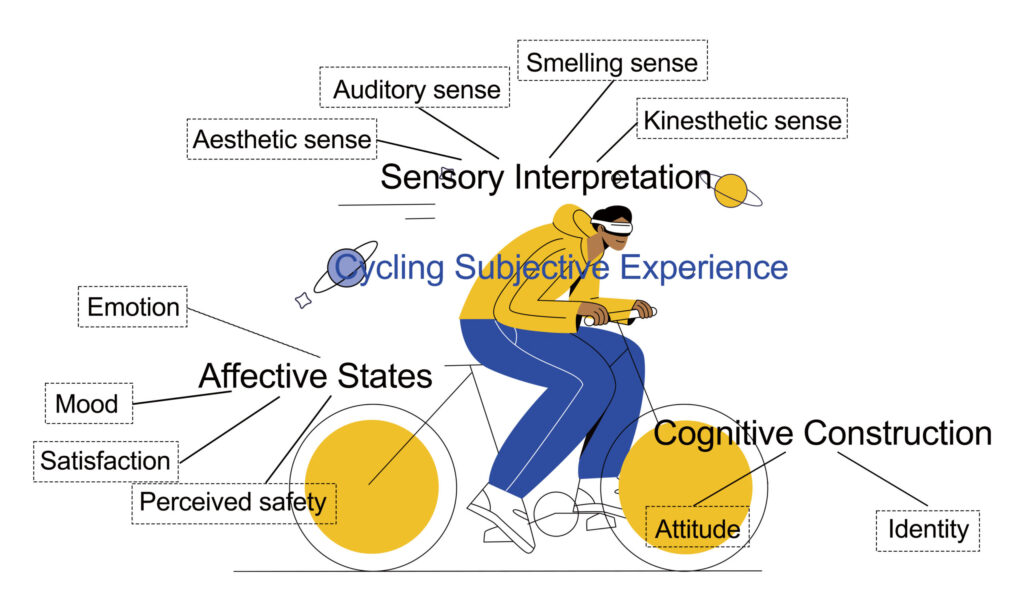According to many cycling advocates, cycling is the smartest mobility mode ever. It is inexpensive, does not pollute the environment and brings a variety of benefits to those who cycle and their communities. Yet, according to others, it can be “smarter”, that is to incorporate latest ICT and Internet of Things (IoT) technology to make cycling easier, safer and more pleasant. As transportation systems in general – we are told – become smarter, tech companies and cycling enthusiasts have begun to offer smart cycling innovation, possibly, to make cycling belong in the supposedly “smart” future of mobility.
But what are smart cycling futures exactly? What kind of changes can smart locks and helmets, connected bicycles and infrastructures equipped with sensors bring into cycling? What can they alter in the ways cycling is practiced and governed, in the meaning of cycling and its role among other mobilities?
These questions thus far have not been answered. Our paper is the first attempt to map the diversity of smart cycling innovations and to understand what kind of futures they promise. Based on the analysis of 86 texts on cycling innovation, the paper charts the unknown and messy terrain of cycling futures in the making. We demonstrate that the desirable cycling futures are contested just as cycling presents are. Thus, for instance, innovations offer very diverse visions of cycling experience – from slow and sociable to target-driven and solitary. Also, they mediate divergent notions of responsibility on the road: some equip the cyclist so that she is “seen” and “respected” and, therefore, is safe; others aim to protect the cyclist by equipping the road and inviting drivers to take action in order not to endanger cyclists. We also review a number of other trends in cycling innovation, including increasing treatment of the bicycle as a car in mature cycling contexts and growing interest to collecting data on cycling. Both these trends challenge the image of cycling as off-the-grid mobility and reflect wider changes in mobility governance.
To cite the academic article: Nikolaeva, A., te Brömmelstroet, M., Raven, R., & Ranson, J. (2019). Smart cycling futures: Charting a new terrain and moving towards a research agenda. Journal of Transport Geography, 79, 102486.



